Mountain Building: How Mountains are Made
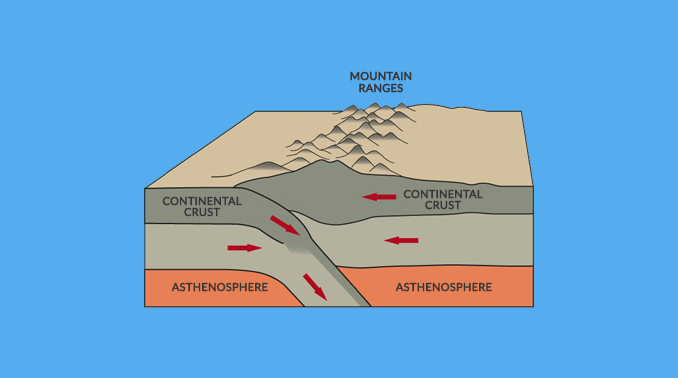
“When convergent plates collide, the lithosphere thrusts upwards to build mountains. This geologic process of vertical upheaving is the orogenies or mountain-building events.”
Mountains are absolutely beautiful and awe-inspiring to look at, but behind their beauty is the process of how they were made.
Since the beginning of Earth, plate tectonics have carved out chains of mountains reshaping the landscape inside-out.
While young rock appears and disappears, cratons are stable pieces of the continent that have lasted over 1 billion years old.
Plates push into each other at convergent boundaries

When two plates collide with each other, it’s at these continental collisions where mountains likely form.
These convergent plate boundaries cause massive amounts of the lithosphere to get subducted onto or under one another.
Throughout geologic history, Earth has experienced repeated periods of crustal movements and folding.
These mountain-building events are orogenies that can take tens of millions of years to deform the lithosphere.
Anatomy of an overthrust fault
Faults take millions of years to fold, fault, and overthrust. During this process, erosion constantly wears away at the mountain-building event.
- First, two layers of rock are built with many strata of sedimentary rocks.
- Next, plate movement puts lateral pressure making the rock layers buckle.
- Then, the rock layer begins to fold over due to the tremendous stress. As the rock strata double over, it forms a fault.
- The break completely folds the east strata beneath the west strata.
- Finally, erosion wears away as remnants of the overthrust, and all layers are visible.
Examples of mountain-building orogenies
You can find examples of orogenies wherever you see mountains around the world. And at the same time, you have erosion wearing it away fairly quickly.
For example, the Nazca and Antarctica Plate have uplifted the Andes mountain range. This mountain range is the longest in the world extending across Venezuela, Colombia, Ecuador, Peru, Bolivia, Chile, and Argentina.
Another example is the Appalachians which run 1500 miles from Alabama to Maine. When Africa collided with North America, the Appalachians used to be 5 miles higher. But over 300 million years, weathering and erosion have torn them down.
One after another, the building of North America is a series of orogenies. But the oldest rock is found in cratons, such as in the Canadian Shield.
Mountain Building: How Mountains Are Made
Mountains are ever-changing and are a thing of beauty. But the process of how mountains are just as interesting. When two plate tectonics collide, mountains form.
Mountains are dynamic natural features, sculpted over millions of years by the relentless forces of Earth’s geological processes.
When two tectonic plates collide, immense pressure and compression lead to the uplift and folding of Earth’s crust, resulting in the birth of mountain ranges that stand as enduring testaments to the planet’s constantly evolving landscape
If you have any questions on mountain building, then please let us know with a comment or question below.

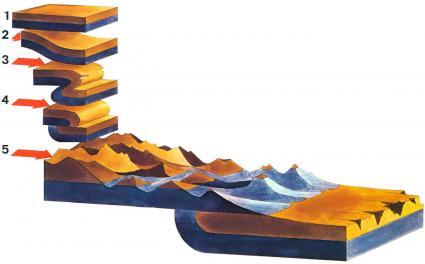

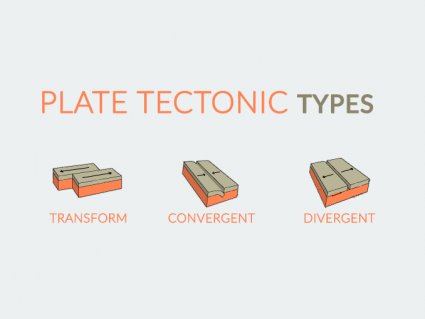
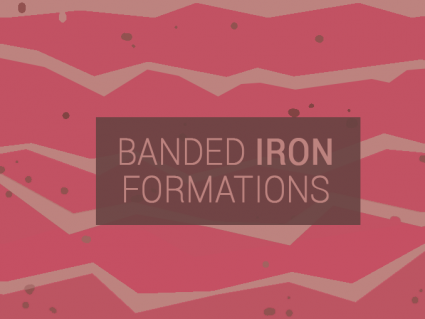
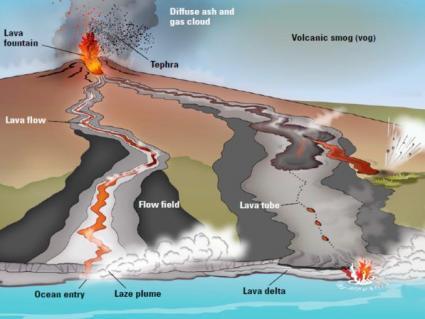
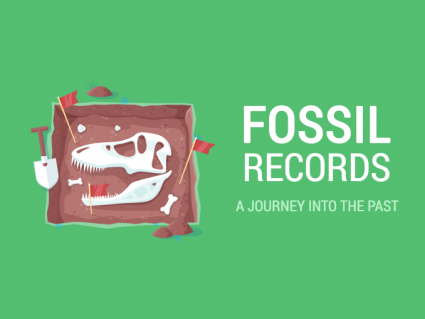
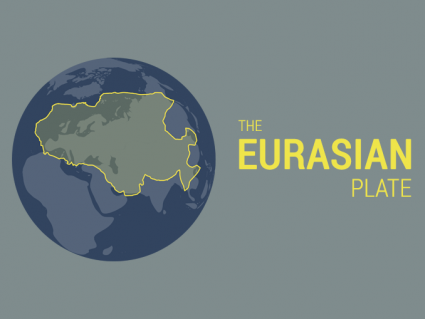
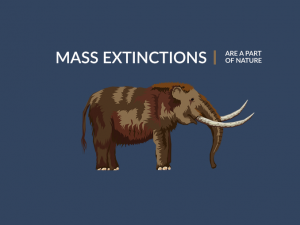
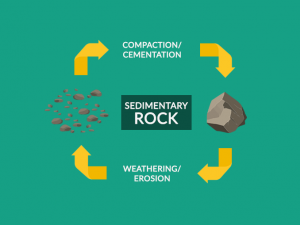
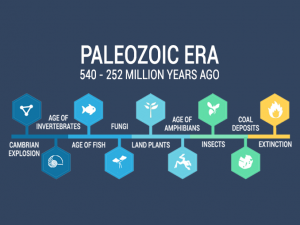
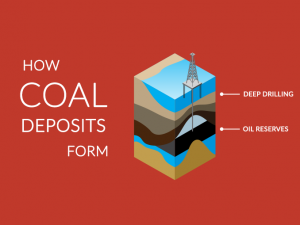
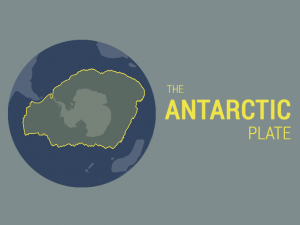
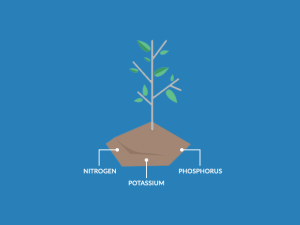
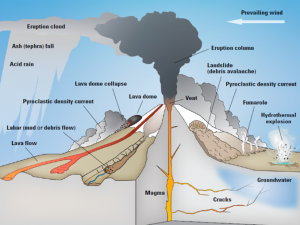
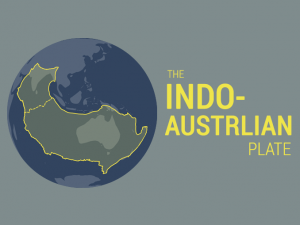
So pleased to have found this site. Great information and easy to understood.